Thomas More was not an easy man. Someone rightly said that we musn’t make him a saint too soon. He undoubtedly persecuted; he was fearfully hostile to and abusive of (in language) England’s first Protestants, and personally secured the death, by burning, of at least three in his official capacity as Lord Chancellor – none of which would have made him a saint.
More, a fierce polemicist, had pursued the Bible translator William Tyndale in writing since 1528. Had he been alive at the time, he would have probably welcomed Tyndale’s death. More detested what he considered to be the arrogance and fundamental dishonesty of Protestants like Tyndale who claimed to have discovered “Truth” after 1,500 years. He was passionate in his defence of the Church and more than anything else feared the consequences of the breaking of the unity of Christendom.
Nevertheless, Brian Moynahan’s thesis in the recent Sunday Times article ‘More the Murderer’ is seriously inaccurate and misleading.
Moynahan’s asserts that More funded the agents who brought about the arrest of Tyndale, thereby setting in motion a process that led to the execution of Tyndale. This thesis conflicts with the dates More was imprisoned – from 17th April 1534 until his execution on July 6th 1535. Yet as far as Moynahan is concerned, More’s imprisonment was little more than imprisonment in name only; “He was able to write freely, to receive visitors, to walk through the grounds, and to send out lengthy manuscripts”.
No doubt More was a high status prisoner to whom a certain amount of freedom was granted. However, it is fanciful to suppose that a man imprisoned in The Tower retained the freedom to plot and scheme as Moynahan alleges. More’s prisoner status fatally undermines Moynahan’s argument.
Moynahan claims “At the time of Tyndale’s betrayal, Stephen Vaughan, who provided intelligence for Cromwell from Antwerp, suspected that More was financing two English monks in the city who were known to be hard-line Catholics”. Yet this was in 1536, nearly a year after More’s death!
The suggestion is also made that More’s wealth made this possible, despite the reality that his estate was confiscated by the crown. More’s widow, Lady Alice, who had funds of her own, wrote to Cromwell that she was ruined by having to pay for her husband’s keep in the Tower. More, being a lawyer, did try to protect his property for his family, but this was tied up in legal wrangling that took the ingenuity of Cromwell years to unravel. It was effectively a frozen account, beyond the reach of More himself during his time of imprisonment and held firmly by Cromwell after his death.
More was not in any position to commission Harry Phillips, the greedy young man responsible for handing Tyndale over to the authorities. Without foundation Moynahan draws More into his web of conspiracy.
Moynahan fails to look beyond More to those who supported the authorisation of Tyndale’s arrest, effectively his death warrant. Thomas Cromwell emerges as the major influence and it was Cromwell’s informants that prosecuted the matter. People forget that at this time in reformist England a lack of belief in transubstantiation was considered to be a heretical offence – a position reinforced by Henry VIII’s Six Articles. It was this issue that condemned Tyndale, not his translation of the Bible into English. Moynahan himself alludes to this when he refers to Tyndale’s support for the views of his friend John Frith that called into question the doctrine of transubstantiation.
Tyndale was not even burnt at the stake as Moynahan alleges. He would have been had he accepted Henry VIII’s invitation to return to England, just as his friend Frith had been in July 1533. Tyndale died of strangulation and it was his corpse that was subsequently burnt.
Moynahan’s thesis is speculative and open to considerable question by historical analysis. To defend More in this instance is not to denigrate Tyndale’s memory who, by all accounts, made an important contribution to the development of the English language. But Moynahan’s thesis does not support the charge of guilt in relation to Tyndale’s betrayal and death.
More is not an icon of pietism. His inner conflicts often loom darker than some of his modern admirers may care to admit. Professor Jack Scarisbrick has said of him, “More was, one might say, a man of his times as well as for all seasons. Not at all cuddly. Often enigmatic.” Despite this, More’s declaration that he wanted to be “the king’s good servant, but God’s first” remains a salutary reminder to all politicians and those engaged in public life as to where our ultimate loyalty should lie.
The principle of a prophet not being welcome in his own country has accompanied the reputation of Thomas More since his death. Thomas More stands at the head of the tradition of Catholic lay involvement in public and political life. The fundamental lesson that he offers us all was summed up in the petition from the democratic world’s politicians to the Holy See at the time when the Holy Father declared More to be the patron of all those who are engaged in political struggles:
“the lesson of flight from success and easy compromises in the name of fidelity to irrevocable principles, upon which depend the dignity of man and the justice of civil society – a lesson truly inspiring for all who feel themselves called to expose and eradicate the snares laid by the new and hidden tyrannies”.
These are the reasons for More’s canonisation. Catholics are well aware that even this most virtuous of men had his darker side but Moynahan’s unjust calumny is a charge that deserves to be refuted. Historical character assassination may sell books but it doesn’t serve truth.
Statement by the All-Part Parliamentary Group (APPG) for Pakistani Minorities, on April 16th – the anniversary of Iqbal Masih’s murder
Statement by the All-Part Parliamentary Group...

